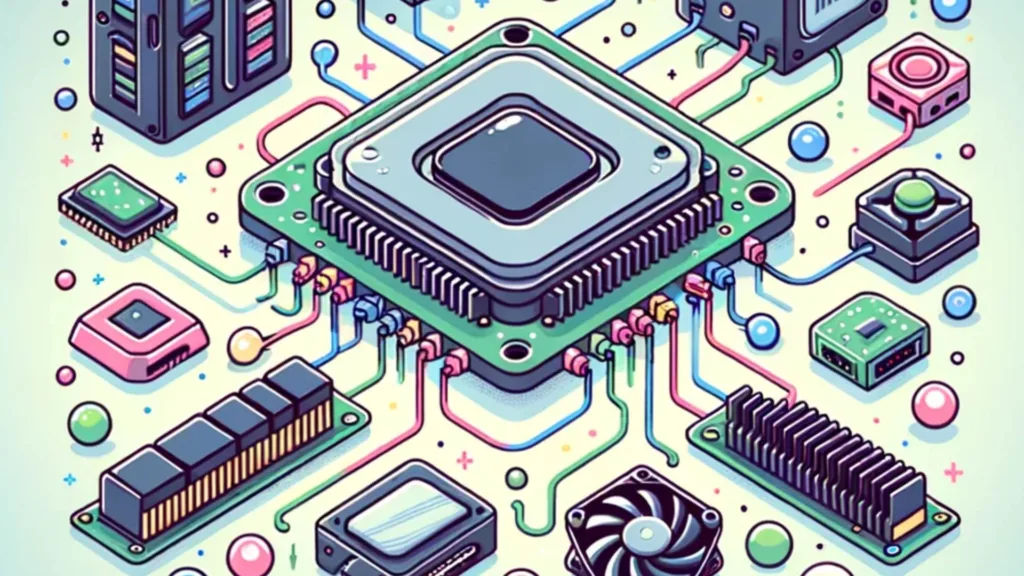What is a computer?

In its most basic definition, a computer is a device that processes information. It takes in raw data as input, processes it using a set of instructions called a program, and then produces output. The magic of a computer lies in its versatility – the same device can edit photos, calculate complex equations, create animations, and even help us explore virtual worlds, depending on the program it’s running.
But to truly understand a computer, we must go beyond this basic definition. A computer is more than just a solitary device. It’s a system, a combination of various components working in harmony. Each of these components has a specific function and contributes to the overall operation of the computer.
In the upcoming lessons, we’ll take a deep dive into these essential components:
- CPU (Central Processing Unit): Often referred to as the ‘brain’ of the computer, the CPU executes instructions of a computer program by performing basic arithmetic, logical, control, and input/output (I/O) operations.
- Memory: This is where the computer stores data and instructions. Memory allows a computer to access data quickly and switch between tasks efficiently.
- I/O (Input and Output devices): These components allow a computer to interact with the outside world. Keyboards, mice, monitors, and printers are all examples of I/O devices.
- Motherboard: This is the main circuit board that holds and connects all the parts of the computer, including the CPU, memory, and I/O ports.
Understanding these components and how they interact is fundamental to grasping the true nature of a computer. And that’s precisely what we’ll be doing in our upcoming lessons.
